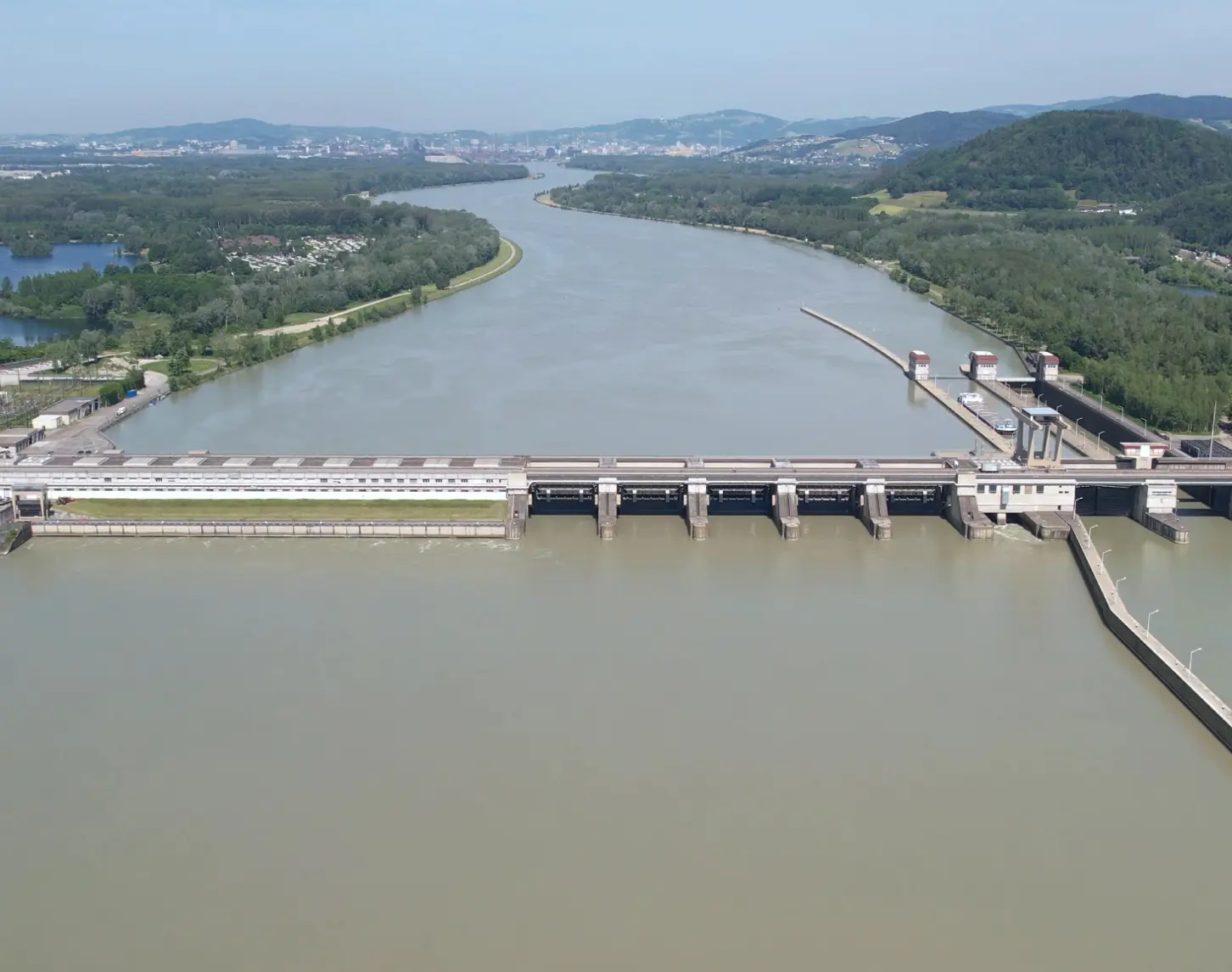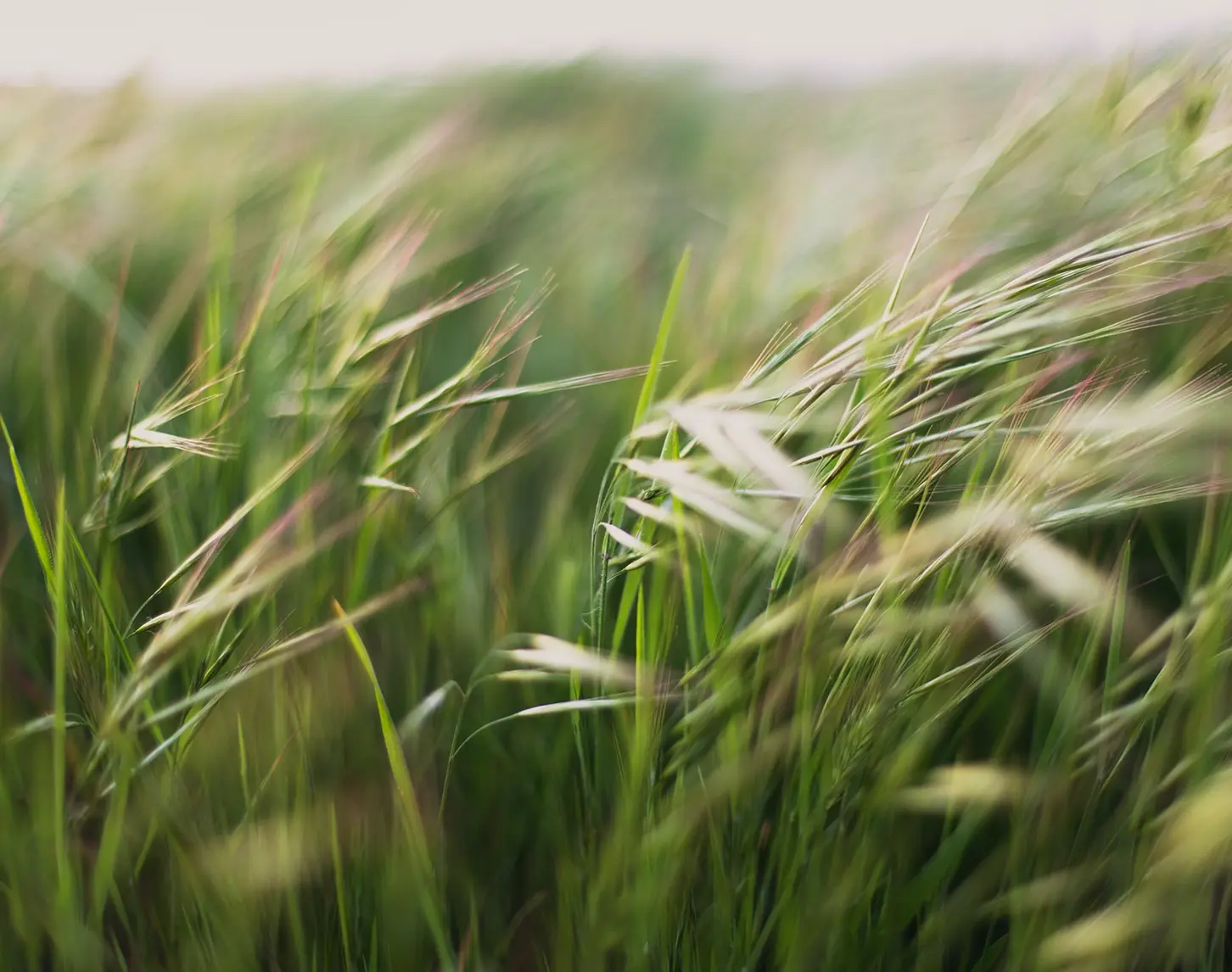Arbeiten in Abwinden-Asten: Schwimmkran im Einsatz
Beim Abdämmen des Wehrfeldes Nr.5 des Donaukraftwerks Abwinden-Asten kommt das kräftigste Wasserfahrzeug von VERBUND zum Einsatz: der Schwimmkran "DOKW2" braucht alle Kräfte, um die Dammbalken vor dem Wehrfeld aufzustapeln. Erst danach können die eigentlichen Inspektionsarbeiten beginnen.

